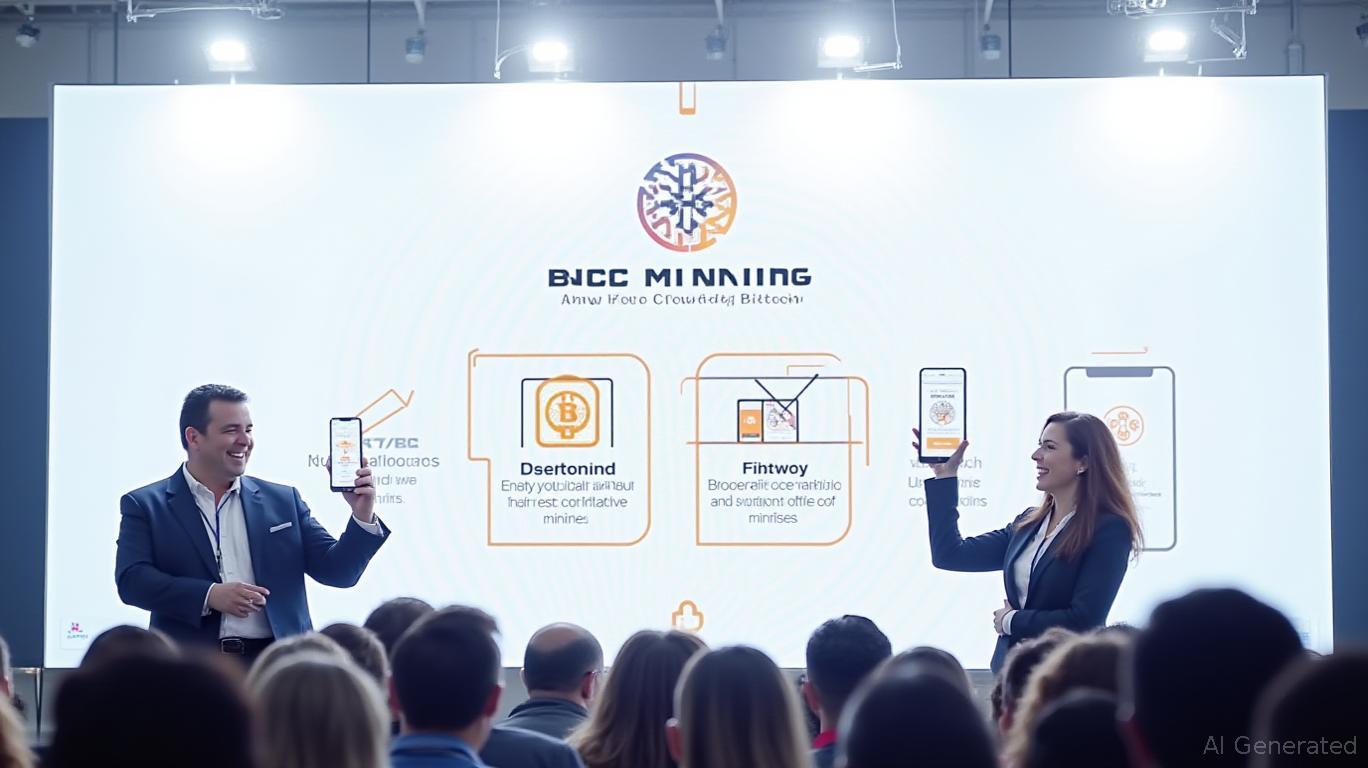Cloud Mining: Bitcoin, Dogecoin, Litecoin, Zcash, Monero Offer Unique Advantages
Cloud mining has emerged as a popular method for individuals to earn passive income through cryptocurrency mining without the need for expensive hardware or technical expertise. This approach allows users to purchase computing power from cloud mining providers, who handle the technical aspects of mining. The best cryptocurrencies to mine on the cloud include Bitcoin, Dogecoin, Litecoin, Zcash, and Monero, each offering unique advantages and challenges.
Bitcoin, the original and most recognized cryptocurrency, remains a stable option for cloud mining despite its higher entry costs. It offers reliability and widespread acceptance as a store of value and payment method. However, its mining difficulty and competition are intense, and halving events reduce mining rewards approximately every four years. Bitcoin cloud mining is widely available across platforms, with hash power typically sold in TH/s packages. The pros of Bitcoin mining on the cloud include its market leadership, liquidity, and relative stability compared to altcoins. On the other hand, the cons include higher initial investment requirements, lower percentage returns, and intense competition.
Dogecoin, a popular meme coin, offers a more affordable entry point for cloud mining with potentially higher percentage returns during bull markets. Its contracts are typically short-term, ranging from 1 to 15 days, with daily payouts in DOGE. Dogecoin mining uses the Scrypt algorithm, with hash power usually sold in MH/s or GH/s packages. The main pros of mining Dogecoin on the cloud include lower entry costs, strong community support, and higher percentage returns. However, the cons include greater price volatility, lower adoption as a payment method, and mining profitability heavily dependent on market sentiment.
Litecoin, another top cryptocurrency for cloud mining, offers faster transaction confirmations than Bitcoin and a more affordable entry point for beginning miners. Its contracts can vary significantly depending on the platform, with payout frequency also varying. Litecoin uses the Scrypt algorithm, with contracts typically sold in MH/s or GH/s packages. The advantages of mining Litecoin include faster transaction confirmations, a more affordable entry point, and an established history since 2011. However, the main disadvantages include a smaller market capitalization, less brand recognition, and mining profitability subject to significant market fluctuations.
Zcash, known for its strong privacy features, offers potentially higher returns during privacy coin market cycles. Its contracts often last for a year, with some providers offering shorter-term, monthly contracts. Zcash uses the Equihash algorithm, with contracts priced in Sol/s. The main pros of cloud mining Zcash include strong privacy features, potentially higher ROI, and lower mining competition. However, the disadvantages include a smaller market size, more volatile price movements, and regulatory uncertainty surrounding privacy coins.
Monero, a privacy-focused cryptocurrency, offers strong privacy features and ASIC resistance, creating more mining democratization. Its contracts vary widely across providers, with daily or weekly payouts often available. Monero uses the CPU-friendly RandomX algorithm, with contracts sold in KH/s or H/s packages. The benefits of mining Monero on the cloud include strong privacy features, ASIC resistance, and consistent development. However, the main drawbacks include increased regulatory scrutiny, potential delisting from exchanges, and more complex profitability calculations.
Cloud mining eliminates the need for technical knowledge, expensive equipment purchases, and ongoing electricity costs. It allows users to participate in crypto mining by purchasing computing power while providers handle the hardware operations. The profitability of cloud mining depends on the selected coin, contract terms, mining difficulty, and market prices. Before investing, it is essential to compare platform reputation, contract duration, fee structures, and minimum payouts. Calculating potential returns against current mining difficulty and market conditions can ensure profitability. Diversifying across multiple cryptocurrencies can balance the mining portfolio while spreading risk.



_442a2dcc1749832873286.jpeg)
_e68fac6d1749831664430.jpeg)






𝗧𝗿𝘂𝘀𝘁 𝗺𝗲 𝗶𝘁𝘀 𝗮𝘄𝗲𝘀𝗼𝗺𝗲! 𝗜𝘁'𝘀 𝗻𝗼𝘁 𝗮𝗯𝗼𝘂𝘁 watching 𝘁𝗵𝗲 𝘃𝗶𝗱𝗲𝗼𝘀 𝗮𝗻𝗱 wasting 𝘆𝗼𝘂𝗿 𝘁𝗶𝗺𝗲 𝗼𝗻 𝘀𝘁𝗿𝗮𝘁𝗲𝗴𝗶𝗲𝘀, 𝗜 𝘄𝗮𝘀 ignorant 𝗱𝗼𝗶𝗻𝗴 𝘀𝗼 𝘁𝗵𝗲𝗻 𝗜 decided 𝘁𝗼 𝘁𝗿𝘆 @ 𝗗iana Goulding she 𝗵𝗮𝘀 𝗺𝗮𝗱𝗲 𝗺𝗲 𝗮𝗯𝗼𝘂𝘁 $𝟭𝟲𝗸 𝗳𝗼𝗿 𝗲𝘃𝗲𝗿𝘆 $𝟰𝗸 𝗜 𝗶𝗻𝘃𝗲𝘀𝘁𝗲𝗱. 𝗗𝗺 𝘃𝗶𝗮 𝐖𝐭𝐬𝐩✙ 𝟏𝟐𝟐𝟑𝟐𝟖𝟑𝟕 𝟑𝟔𝟖..